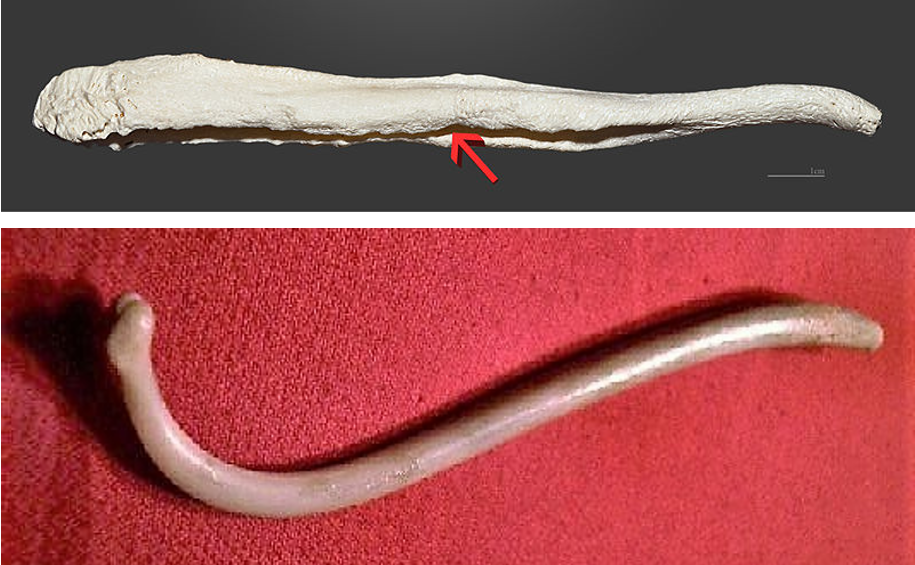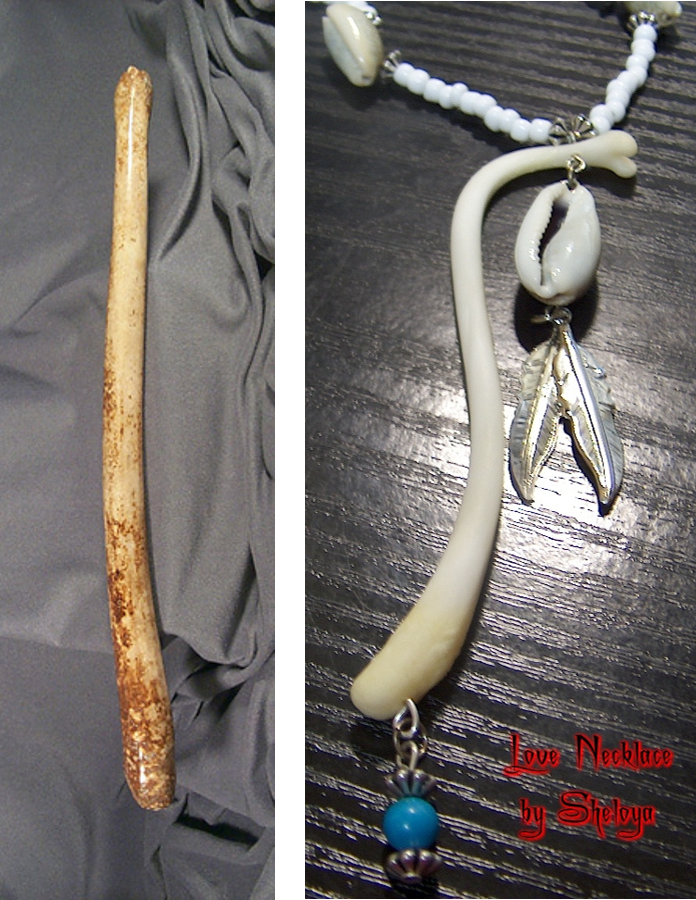Listen to Episode 53 on PodBean, Spotify, YouTube, or that other place you get podcasts … you know the one!
It’s been called the most diverse of all bones. It comes in an incredible variety of shapes and sizes, living and fossil, scattered across the mammalian family tree. It is clearly of evolutionary importance, yet its exact function still perplexes scientists to this day. It’s called the baculum, and it is found exclusively in mammalian penises.
In the news
Fossilized stomach contents reveal a whale-eat-whale world in the Eocene
A close look at a pregnant plesiosaur reveals how these marine reptiles grew
This robot walks the walk of an ancestral tetrapod!
At 10,000 years old, these are the oldest known domestic dogs in the Americas
Penis Bone
The baculum goes by many names: os penis, os priapi, or simply the penis bone. It is an extra-skeletal bone (that is, not attached to any other bones of the skeleton) that grows inside the glans (head of the penis) of many mammalian species.
And it comes in a dizzying array of shapes and sizes.

Not all mammal species have bacula. You’ll typically find them in the penises of rodents, primates, carnivorans (bears, cats, dogs, etc.), shrews, bats, and more. But it’s generally absent in ungulates (hoofed mammals), cetaceans (you know them), elephants, marsupials, and others. And, of course, we humans don’t have it.
It can also be found in the fossil record! As we mentioned on the podcast, there are some well-known cases of bacula in ancient bears, wolves, dogs, and others.
But … why?
Research has shown that the baculum clearly serves a sexual function, and seems to be related to sexual competition, but exactly what it does is hard to pin down.
Hypotheses include: supporting the penis during long bouts of copulation (helpful for monopolizing a mate, preventing competitors from getting their turn); stimulating the female reproductive tract; wedging the penis into a tight, unwelcoming vagina (a strategy females might employ to be choosy about mates); or aiding in the transfer and flow of sperm. It probably serves more than one of these functions, and maybe more.

The diversity of bacula is almost certainly a side-effect of sexual selection. Successful mating is so important to passing on genes that there’s a lot of pressure on any trait that has an influence on the process. So, genitalia tend to evolve very rapidly, and into all sorts of weird and wacky shapes. This is true of penises across the animal kingdom, with or without bones!
The baculum has been lost several times throughout mammalian evolutionary history, and perhaps gained several times as well! As for humans, the question of why we lost ours is a bit mysterious, but probably has to do with our mating strategy.

And, for the ladies…
The baculum isn’t alone. It has a sister.
If the males of a species have a baculum, there is a very good chance that the females have a baubellum, an os clitoridis, a clitoris bone.
The baculum may be mysterious, but we know next to nothing about the baubellum. They’re so small, and so variable, and so often absent, that scientists are lucky if they can even find it, in both living and fossil species. We don’t know what it does, if it even has a consistent purpose at all.
Ah, life and its mysteries.
And there’s more!
On the function of the baculum: Scientists Learn Why Some Animals (But Not Humans) Still Have a Penis Bone
These technical papers attempt to reconstruct baculum evolution (with mixed results):
Brindle and Opie 2016 (non-technical discussion)
Schultz et al 2016
Studies on fossil bacula:
Abella et al 2013. Baculum of the bear Indarctos arctoides (non-technical report)
Harstone-Rose et al 2015. The Bacula of Rancho La Brea (non-technical report)
More on the baubellum: A Long Lost Bone
—
If you enjoyed this topic and want more like it, check out these related episodes:
We also invite you to follow us on Twitter, Facebook, or Instagram, buy merch at our Zazzle store, join our Discord server, or consider supporting us with a one-time PayPal donation or on Patreon to get bonus recordings and other goodies!
Please feel free to contact us with comments, questions, or topic suggestions, and to rate and review us on iTunes!